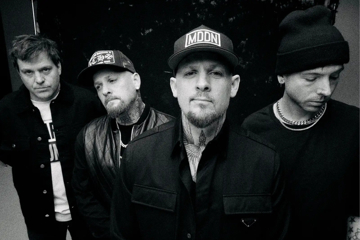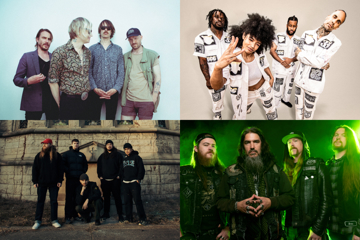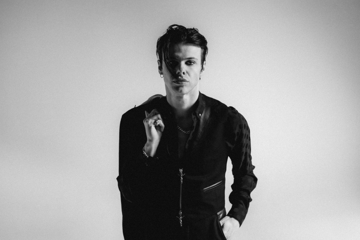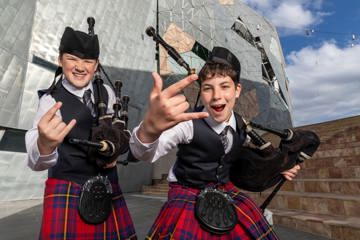Chasing The Lollyman
“It’s been an amazing journey with this show, it still surprises me."
Back in January of 2010, Mark Sheppard's dynamic one-man show Chasing The Lollyman had its debut performance at Metro Arts in Brisbane City. This writer was lucky enough to be in the audience. A wonderful, deadly funny show with a charismatic performer at its heart, it's ostensibly a look at urban indigenous identity in the 21st century, but it's more than that – it's all about connecting and sharing stories, no matter the colour of your skin or your heritage.
Two-and-a-half years later, Sheppard has taken the show the length and breadth of the land, to two Dreaming Festivals, the Cairns Indigenous Arts Fair, through Aboriginal communities in Far North Queensland – and back home to Mareeba on the Atherton Tablelands, where he grew up, the town whose quirky inhabitants spawned a lot of the stories he spins.
“A few of the aunties and some of the younger cousins and nephews and nieces kind of recognised some of the characters I talk about that night,” Sheppard laughs. “I'm sure the show ran a little bit longer than the hour because I had to keep waiting for the laughter to die down. But in the end they said, 'You're doing good, keep going' rather than 'Stop it'.”
It's a more refined show than it was in its infancy, Sheppard says. Before leaving on this current tour last month, he edited the work, tightening it up, and workshopped it with the original director and co-deviser, deBASE Productions' Liz Skitch, and dramaturge Nadine McDonald-Dowd.
“We've tried to bring it up to date with what's going on in 2012,” Sheppard says, revealing that the new version includes a mention of the recent drama at Musgrave Park in Brisbane. “It's been an amazing journey with this show, it still surprises me. A lot of people find a connection to the story. Even in Yeppoon last night people were coming up to me saying, 'I'm from Mareeba as well', and they recognised parts of the story and some of the locations. The show is about togetherness and familiarity.”
Sheppard says that the show was conceived as a way to break down the barriers between cultures that are constantly being erected in this country.
“The idea was to blur that line of what people feel is 'appropriate' to talk about these days, especially with political correctness,” he says. “It's something they can participate in, jump in and grab hold with both hands. It's about 'our' Aboriginal history within Australia – and I mean that 'our' inclusively [of all Australians] – and celebrating who we are. That connects us and brings us closer together.”
Part of that philosophy involves taking the show out of the cities – the traditional home of theatre – and getting it seen in regional venues around the country. It's a different scene to the whirl of canapés and chardonnays you get in inner-city theatre opening nights, Sheppard says.
“In some of the regional towns they don't get too much theatre, so they have to relax into it and give themselves permission to laugh – but it flows from that point,” Sheppard says. “Some of the smaller towns put on beautiful meals for us after the show. Or they'll sit down with their eskys and watch the show, and I'd keep hearing the click of the cans and the pop of the bottles.”







